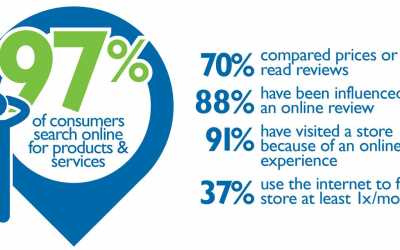In today’s digital age, where people access the internet from various devices, ensuring a seamless user experience across different screen sizes and resolutions has become paramount. Responsive design emerges as the solution to this challenge, playing a crucial role in enhancing the user experience (UX) across all platforms. Let’s delve into how responsive design contributes to a positive user experience and why it’s essential for modern websites.
First and foremost, responsive design adapts the layout and content of a website dynamically based on the device used to access it. Whether it’s a desktop computer, tablet, or smartphone, responsive websites automatically adjust elements such as text size, image placement, and navigation menus to provide an optimal viewing experience. This adaptability eliminates the need for users to zoom in, scroll horizontally, or struggle with poorly rendered content, resulting in a more enjoyable and efficient browsing experience.
Furthermore, responsive design promotes consistency across devices, maintaining brand identity and messaging regardless of the platform. A cohesive user experience fosters trust and familiarity, as users can easily recognize and interact with your website, regardless of how they access it. Consistency in design elements and functionality also reduces cognitive load for users, allowing them to focus on the content rather than adjusting to unfamiliar layouts or interactions.
Another benefit of responsive design is improved performance and load times. Mobile users, in particular, expect websites to load quickly and smoothly. Responsive websites are optimized for performance, ensuring fast load times and smooth navigation even on slower connections. By delivering a faster and more responsive experience, websites with responsive design are more likely to retain visitors and encourage them to explore further.
Moreover, responsive design future-proofs your website, adapting to new devices and screen sizes as they emerge. With the proliferation of smartphones, tablets, smart TVs, and wearable devices, it’s impossible to predict how users will access the internet in the future. Responsive design ensures that your website remains accessible and functional regardless of the device landscape, safeguarding your investment and ensuring longevity.
In conclusion, responsive design is a cornerstone of modern web development, playing a vital role in enhancing the user experience across all devices. By providing adaptability, consistency, improved performance, and future-proofing, responsive design ensures that your website meets the needs and expectations of users in an ever-evolving digital landscape. Investing in responsive design is not just about keeping up with trends—it’s about delivering a superior user experience that drives engagement, satisfaction, and ultimately, success.










